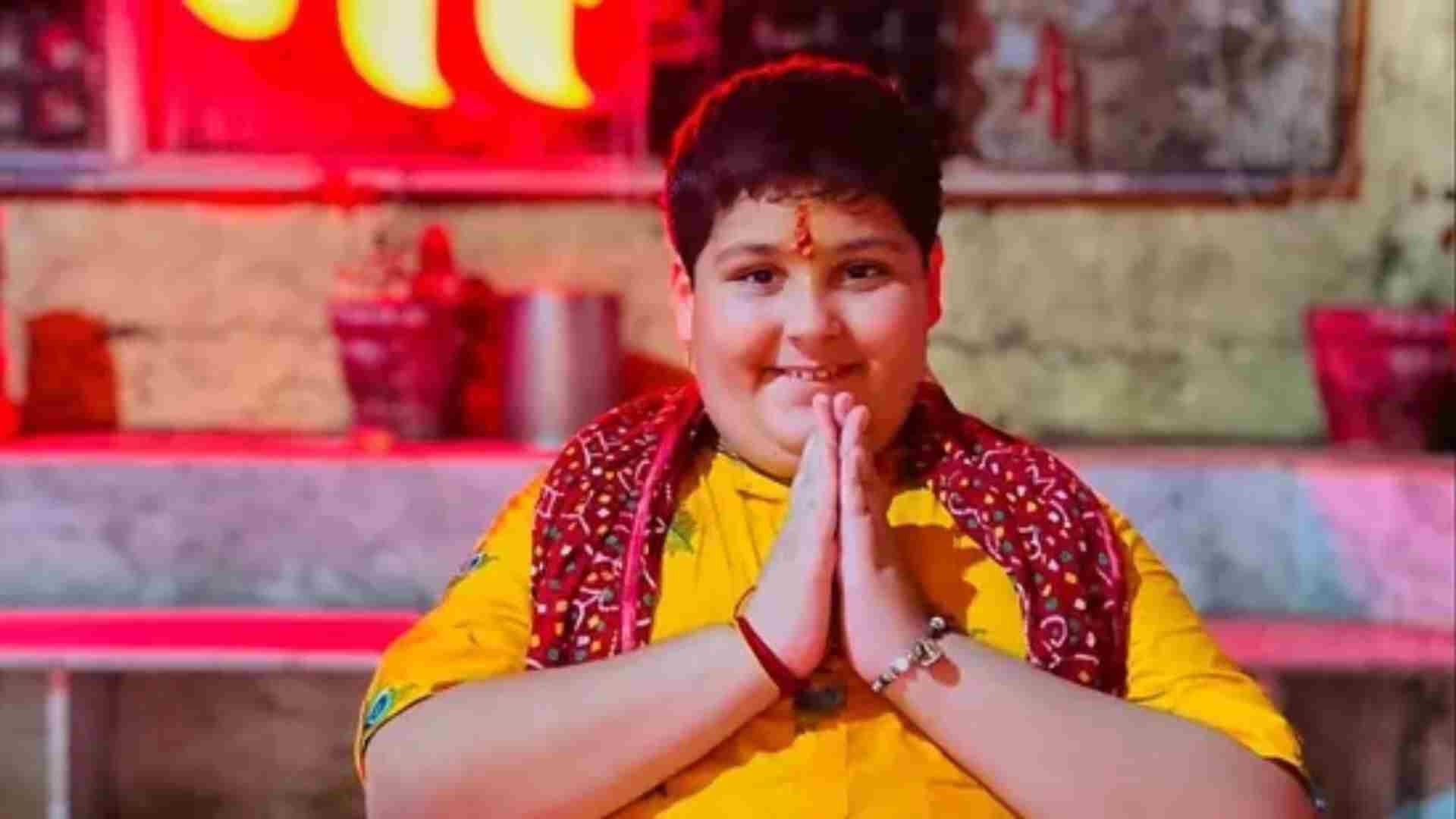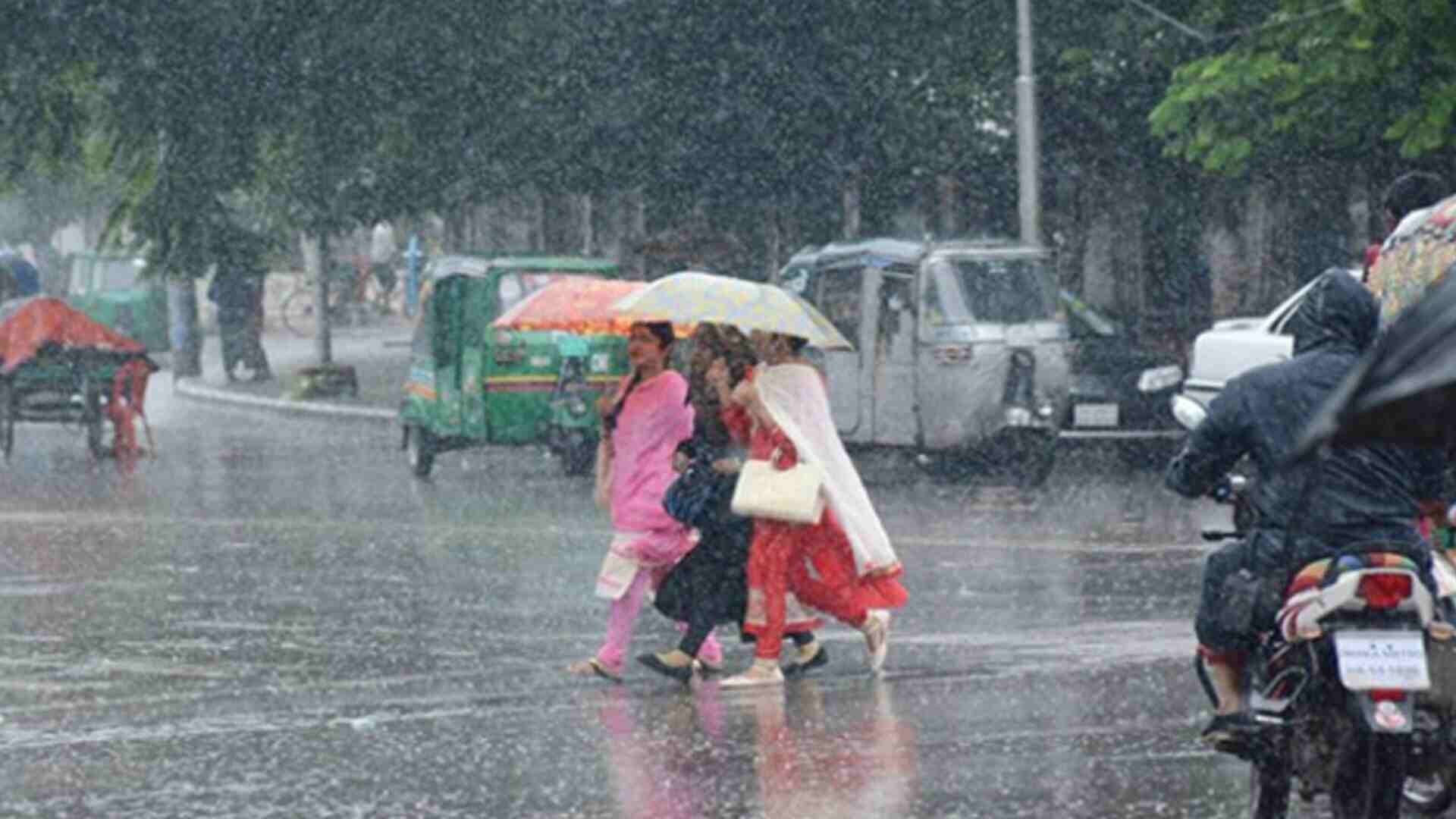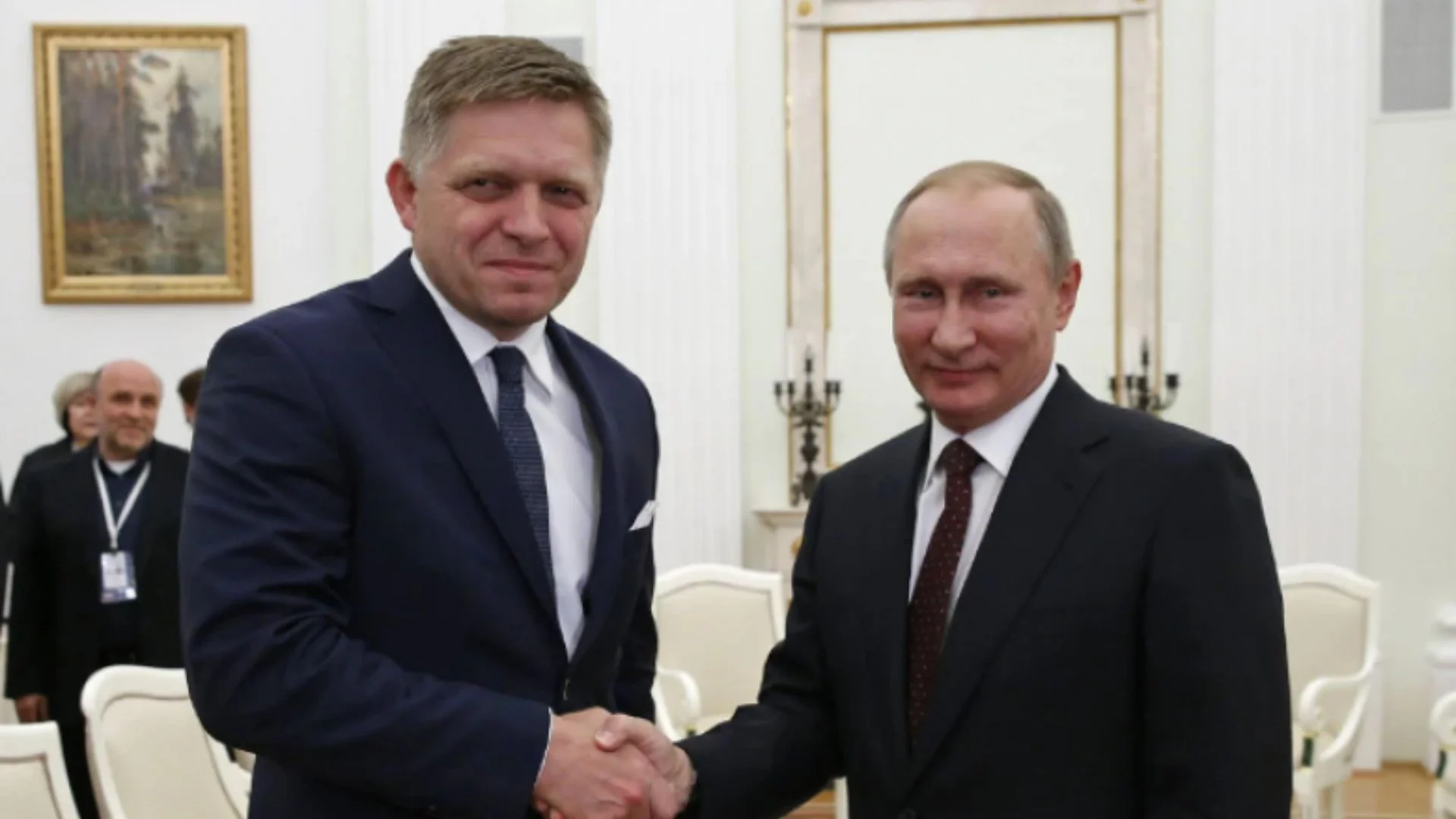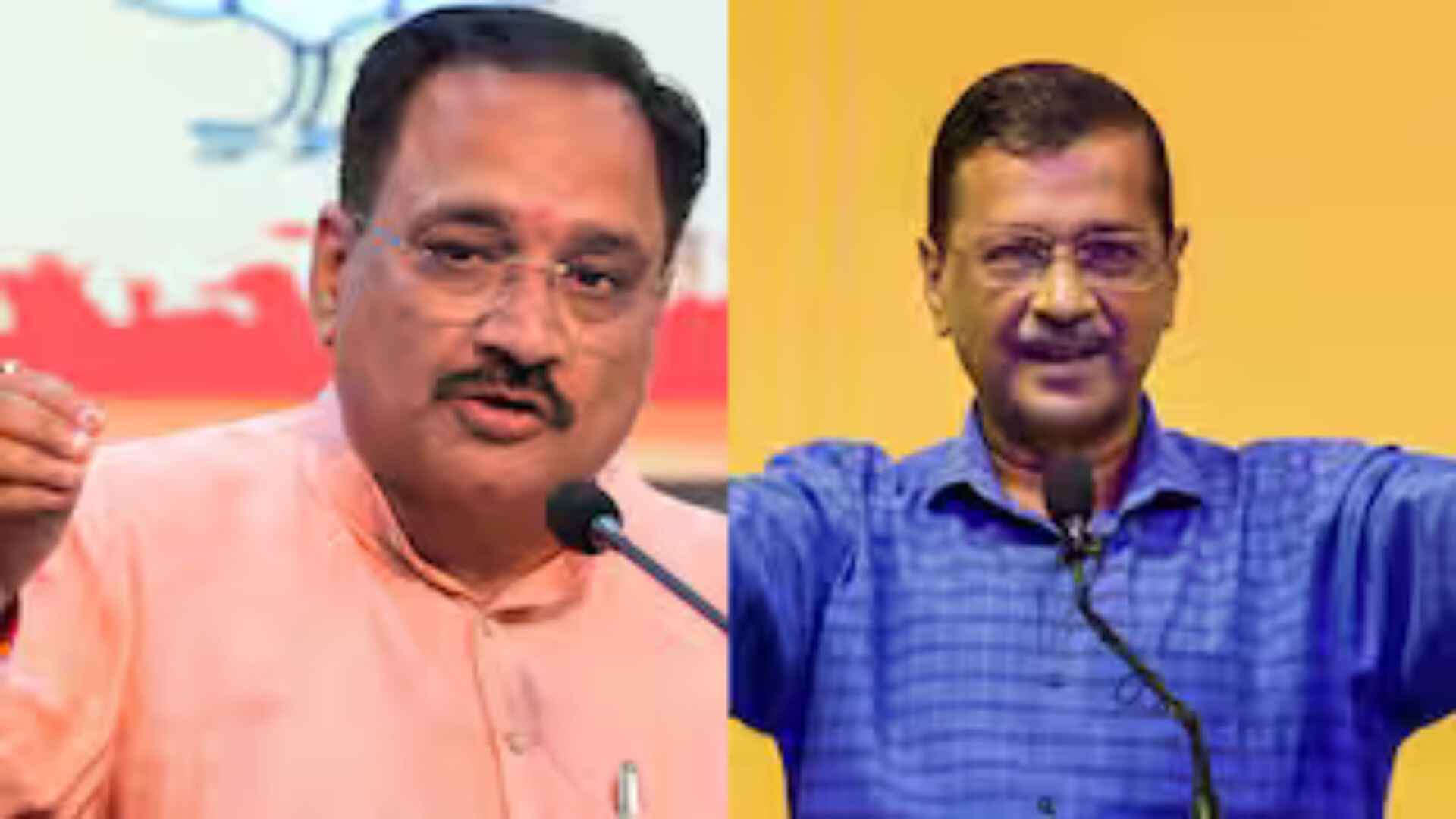Celebrity life may appear glamorous, but in reality, it is filled with challenges such as shoots, interviews, marketing, brand deals, and now, content creation through social media. Many celebrities have candidly discussed the difficulties of managing their personal lives amidst these demands. Recently, a trend has emerged involving child influencers, a concept that, while not entirely new, has garnered attention, especially with the rise of 10-year-old Abhinav Arora, a child influencer and spiritual leader.
The Rise of Abhinav Arora
Abhinav’s videos have gone viral, leading to scrutiny, particularly following a viral test by ABP News in which he struggled to answer simple questions about Lord Krishna, despite claiming to be a devotee. This raises the question: What impact does being a child influencer have on a child’s upbringing, especially when parents encourage this path?
Issues of Parental Influence and Identity
Claims surrounding Abhinav Arora’s journey to becoming a spiritual leader and influencer are largely based on content from YouTube channels such as Only Desi, Thugesh, and Rajat Pawar. These sources suggest that Abhinav’s father, Tarun Arora, actively pushed his son into this role. In interviews, Abhinav states that he has been involved in Bhakti since he could speak. However, old videos depict him as a typical child, leading to questions about his current scripted persona. His repetitive responses in interviews hint at a lack of genuine understanding or originality, prompting inquiries into the authenticity of his identity.
The Pressure of Public Life
As a child influencer, Abhinav may be receiving brand deals, but it raises concerns about financial management. Are his parents handling his earnings, and at what cost to his childhood? Clinical psychologist Ashi Tomar notes that children thrust into social media fame can face significant challenges, including feelings of pressure and identity loss. “The child may derive a sense of self and self-worth from their online persona, validation from strangers that may eventually have a mental impact on them,” she explains.
Moreover, constant exposure to the public eye can result in a severe loss of privacy, making it difficult for a child to distinguish between personal and public moments. Abhinav has faced trolling online, with comments ranging from body shaming to questioning his schooling, impacting his ability to attend school, as he revealed in an ANI interview.
Child Influencers: A Familiar Trend
Child influencers are not a new phenomenon. For example, Britney Spears was subjected to extreme parental control under her father’s conservatorship, which lasted over a decade. In her memoir, The Woman In Me, she recounted the trauma of being denied personal agency. Her experiences highlight a broader issue of parental control over children, regardless of age.
Tomar emphasizes that even if a child influencer manages to escape this control in adulthood, it can have lasting effects. Therapy can help individuals process their experiences, build self-esteem, and separate their public personas from their private lives.
The Concept of ‘Sharenting’
The term ‘sharenting’ refers to parents sharing sensitive content about their children online, which can be problematic even if the child isn’t forced to perform. This constant presence in front of a camera can lead to issues such as identity theft, embarrassment, and anxiety. Children may develop a distorted sense of self, prioritizing public perception over personal well-being, potentially resulting in low self-esteem and anxiety.
Rumors and the Impact of Trolling
The pressure to maintain an influencer image can lead to extreme decisions by parents. For instance, speculation about Hansika Motwani’s mother giving her hormonal injections was debunked by the actress but illustrates the rumors that can plague child celebrities. Abhinav is similarly affected by extensive trolling, both online and offline, which further complicates his young life.
The journey of child influencers like Abhinav Arora raises important questions about childhood, identity, and parental influence in the digital age. As the trend of child influencers continues to grow, it’s crucial to examine the long-term effects on their development and well-being.







